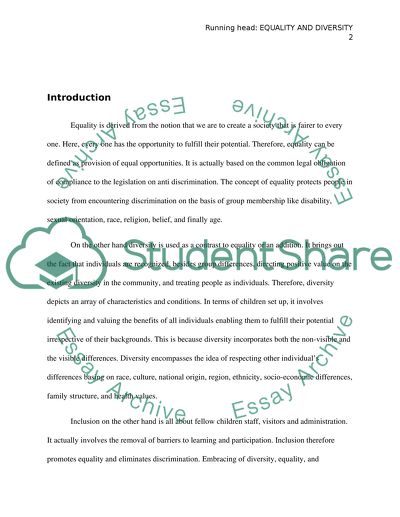Cite this document
(“Equality and Diversity Essay Example | Topics and Well Written Essays - 2000 words”, n.d.)
Equality and Diversity Essay Example | Topics and Well Written Essays - 2000 words. Retrieved from https://studentshare.org/education/1466765-equality-and-diversity
Equality and Diversity Essay Example | Topics and Well Written Essays - 2000 words. Retrieved from https://studentshare.org/education/1466765-equality-and-diversity
(Equality and Diversity Essay Example | Topics and Well Written Essays - 2000 Words)
Equality and Diversity Essay Example | Topics and Well Written Essays - 2000 Words. https://studentshare.org/education/1466765-equality-and-diversity.
Equality and Diversity Essay Example | Topics and Well Written Essays - 2000 Words. https://studentshare.org/education/1466765-equality-and-diversity.
“Equality and Diversity Essay Example | Topics and Well Written Essays - 2000 Words”, n.d. https://studentshare.org/education/1466765-equality-and-diversity.


